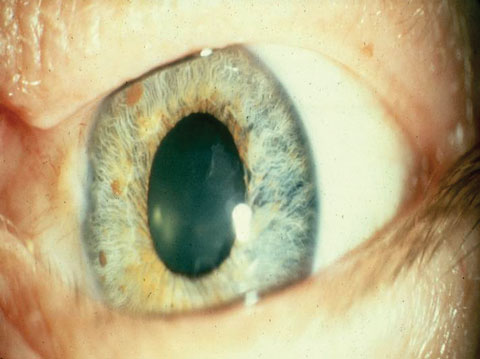

If you have normal, or “physiologic anisocoria,” your pupils will react to changes in light the way they should. But it can also be a sign that you have a serious health issue in your brain, blood vessels, or nerves. This condition is called anisocoria and may be harmless. But, for about one in five people, one is bigger than the other. Your pupils are the black hole in the middle of the colored part of your eye (the iris). Studies have shown links between certain genes in parents and the likelihood that their children will be born with a coloboma, but there isn’t enough evidence to say for sure which exact genes cause them.Ĭertain external factors - like drinking alcohol during pregnancy - can increase the odds that your baby develops a coloboma.This is the part of the eye your doctor is interested in. Genes are made of DNA (deoxyribonucleic acid), which contains instructions for cell functioning and the characteristics that make you unique. When the fissure doesn’t completely close, it causes colobomas in one or both of the baby’s eyes. Colobomas can cause:Įxperts think colobomas are caused by a genetic disorder that affects a baby’s eye while they’re developing during pregnancy.Īround two months before a baby is born, what’s known as the optic fissure comes together to form the eyes.
#Keyhole pupil full
If your child has symptoms from their coloboma, they can include:Ī coloboma might only affect a portion of your child’s field of vision (the full range of how much they can see). People with colobomas might be more likely to have other issues with their eyes later in life, including: You might not notice a coloboma affecting your child’s vision right away, especially while they’re very young. If your child has a coloboma on their retina, macula or optic nerve they might have some vision, but it might be impaired. Others cause total blindness in the affected eye. Some colobomas won’t impact your child’s vision. Bilateral colobomas might affect different parts of the eyes.Ĭolobomas can develop in almost any part of your child’s eye, including their: Colobomas can develop in one eye (unilateral coloboma) or both eyes (bilateral coloboma). How much a coloboma affects your child depends on where it's located in their eye. How does a coloboma affect my child’s body? Some people have an undiagnosed coloboma and never have symptoms or complications. How common are colobomas?Ĭolobomas affect around 1 out of every 10,000 babies born each year.īecause not all colobomas cause noticeable symptoms, that number might be higher. However, even if one parent (or both) has a coloboma, that doesn’t mean your child will definitely develop one. You might see them referred to as a congenital condition. They’re a type of genetic disorder which means they’re passed from parents to their children. Who gets colobomas?Īnyone can be born with a coloboma. Your healthcare provider might be able to diagnose a coloboma when your baby is born. What symptoms they’ll have depends on where in their eye the coloboma developed and which kind of tissue they’re missing.

Some colobomas cause no symptoms, but others can have serious impacts on your child’s vision. But there are many types of colobomas, most of which you can’t see externally (on the outside). The most recognizable and common colobomas affect the iris and cause your pupil to have a keyhole shape. Colobomas are present in a person’s eye when they’re born. What is a coloboma?Ī coloboma is an area of missing tissue in your eye. Colobomas most commonly affect the iris of the eye.


 0 kommentar(er)
0 kommentar(er)
